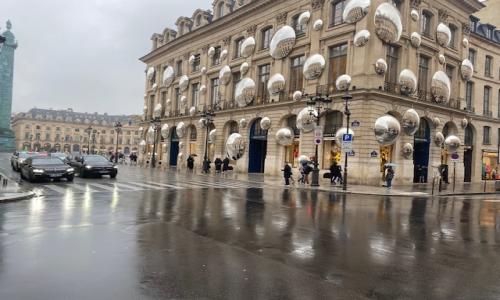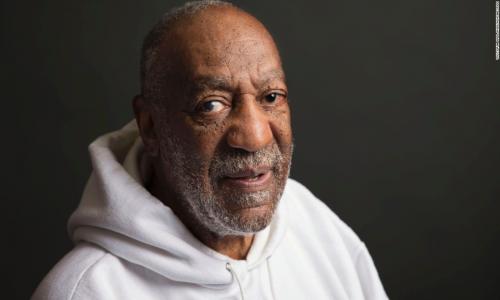Inflation remained relatively tame last month as consumer prices rose 0.4% according to the Labor Department. Core prices, which exclude energy and food were flat. Over the last 12 months the index increased 1.8 percent before seasonal adjustment, the first positive 12-month change since February 2009.
The seasonally adjusted increase in the all items index was due to a 4.1 percent increase in the energy index. The index for gasoline rose sharply and the indexes for electricity, fuel oil, and natural gas also increased, creating the fourth consecutive rise in the energy index and the largest increase since August. In contrast, the index for all items less food and energy was unchanged in November, after ten consecutive monthly increases. Declines in shelter indexes offset increases in the indexes for new and used motor vehicles, medical care, airline fares, and tobacco.
The only inflation we're seeing is bad inflation - high energy costs. If the economy is sputtering back to life it's not represented in the inflation numbers. Indeed, retailers are offering deep discounts this Holiday season to stimulate demand.
The lack of inflation means that Fed has no real reason to raise rates in the foreseeable future. For savers, that means continued rock bottom savings rates and cd rates. Rates on these products could even drift lower over the next six months.
"We'll probably continue to see a slow drift down in savings rates and short-term CD rates," said Sol Nasisi, who authors the weekly BestCashCow Rate Update. "The Fed is under no pressure from inflation right now and doesn't want to repeat the mistakes of the 1930s when rates were raised prematurely."












Add your Comment
or use your BestCashCow account